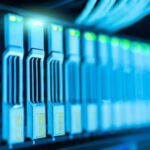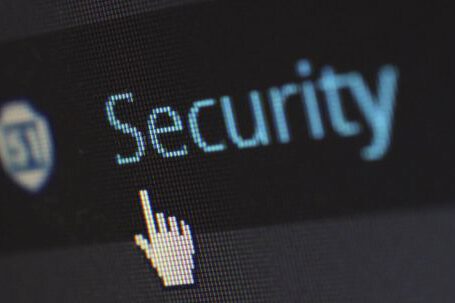In recent years, the Internet of Things (IoT) has emerged as a powerful tool for improving energy efficiency in homes and buildings. By connecting various devices and systems through the internet, IoT enables real-time monitoring, automation, and optimization of energy usage. This article explores the different ways in which IoT can revolutionize energy efficiency in our living and working spaces.
Smart Thermostats: A Game-Changer in Energy Management
One of the most significant advancements brought about by IoT technology is the development of smart thermostats. These devices connect to the internet and can be programmed to learn and adapt to users’ preferences. By analyzing data such as occupancy patterns and weather conditions, smart thermostats can optimize heating and cooling systems to reduce energy waste. They can even be controlled remotely through smartphone apps, allowing users to adjust temperature settings while away from home.
Lighting Control Systems: Illuminating Energy Savings
Traditional lighting systems often consume a significant amount of energy unnecessarily. However, IoT-enabled lighting control systems offer a solution to this problem. By integrating sensors, smart switches, and connected LED lights, these systems can automatically adjust lighting levels based on occupancy and natural light availability. For example, lights can be dimmed or turned off in rooms that are unoccupied, resulting in substantial energy savings. Furthermore, users can customize lighting schedules and settings through intuitive smartphone applications.
Optimized Energy Consumption through Smart Appliances
IoT technology has paved the way for a new generation of smart appliances that offer enhanced energy efficiency. For instance, smart refrigerators can monitor food inventory and adjust cooling settings accordingly, reducing energy consumption. Similarly, smart washing machines can optimize water and detergent usage based on load size and fabric type. By automating these processes, smart appliances not only save energy but also streamline daily tasks, making our lives more convenient.
Real-Time Energy Monitoring and Analytics
IoT enables real-time monitoring and analytics of energy usage in homes and buildings. Smart meters and energy monitoring devices can provide detailed insights into electricity, gas, and water consumption. By visualizing this data through user-friendly interfaces, users can identify patterns, trends, and areas of high energy consumption. Armed with this information, they can make informed decisions about energy conservation measures, such as adjusting usage habits, replacing inefficient appliances, or upgrading insulation.
Energy Optimization through Building Management Systems
In large-scale buildings, IoT-powered building management systems (BMS) can play a crucial role in energy efficiency. BMS integrates various components, including HVAC systems, lighting, and security, into a centralized platform. By collecting and analyzing data from these subsystems, BMS can identify inefficiencies and automatically optimize energy usage. For instance, it can adjust temperature and lighting levels based on occupancy and external conditions, resulting in significant energy savings. BMS can also detect and alert facility managers about equipment malfunctions or deviations from optimal performance, allowing for prompt maintenance and repairs.
The Future of Energy Efficiency with IoT
As IoT continues to evolve, the potential for improving energy efficiency in homes and buildings is limitless. The integration of renewable energy sources, such as solar panels and wind turbines, with IoT systems holds promise for further reducing our dependence on fossil fuels. Additionally, the emergence of smart grids, which enable bidirectional communication between energy providers and consumers, can facilitate demand-response programs and encourage more sustainable energy consumption practices.
In conclusion, IoT has revolutionized energy efficiency in homes and buildings by enabling real-time monitoring, automation, and optimization of energy usage. Smart thermostats, lighting control systems, smart appliances, real-time energy monitoring, and building management systems are just a few of the many ways in which IoT is transforming our living and working spaces. As we move forward, the continued development and integration of IoT technologies will undoubtedly lead to a more sustainable and energy-efficient future.





